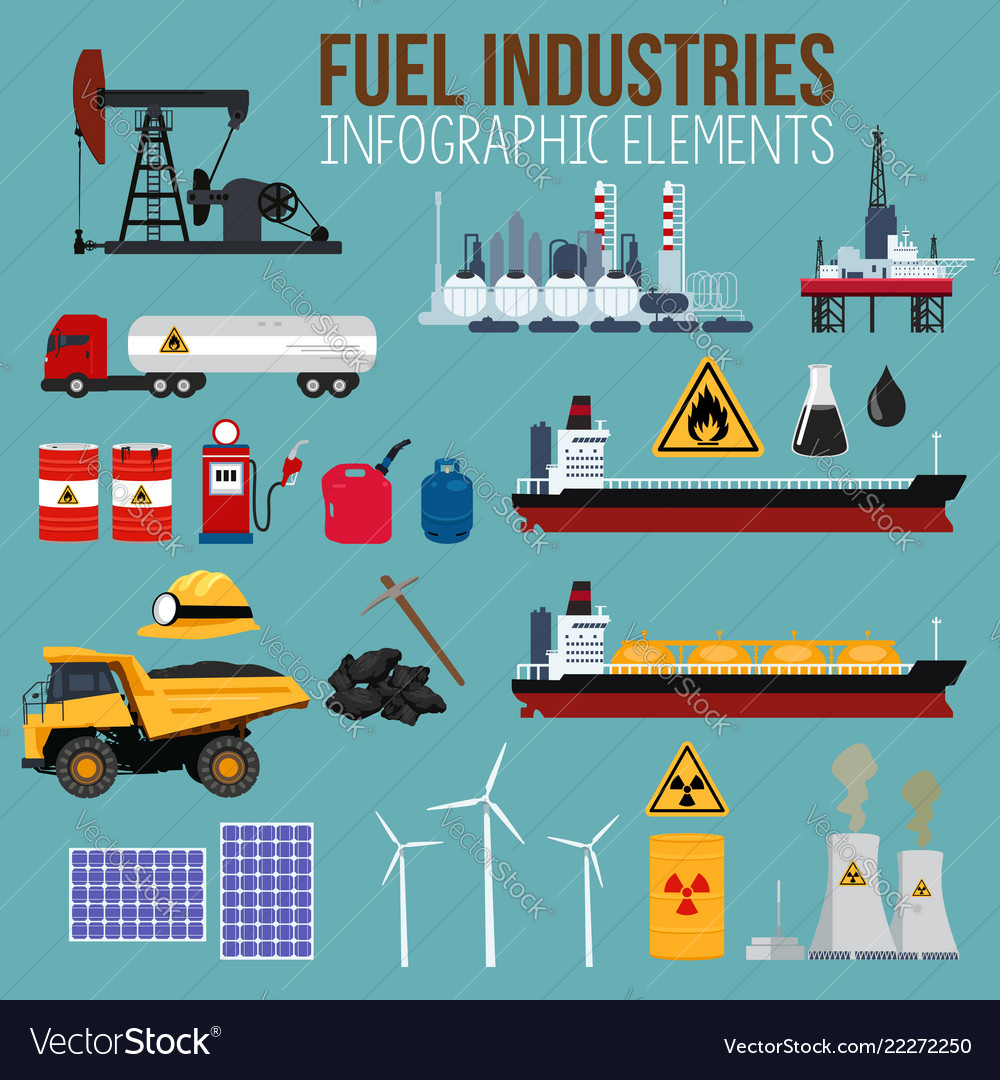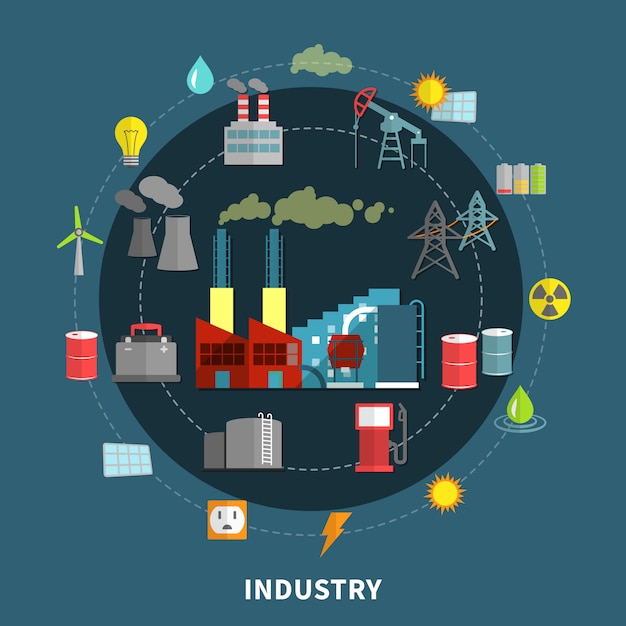
These features are not only highly correlated with internet technologies and advanced algorithms. Some of these emerging paradigms are Radio Frequency Identification ( RFID), Enterprise Resource Planning, Internet of Things ( IoT ), Industrial Internet of Things (IIoT), artificial intelligence (AI), 3D printing, Cyber-Physical Systems, cloud-based manufacturing, smart factory, smart product, big data, etc. Industry 4.0 encompasses numerous technologies and associated paradigms.

And efficiency (uses the lowest possible amount of resources to achieve a given output),

Smart factories are the non-digital component of Industry 4.0 and are concretely visible and observable parts of society. So that all objects communicate and interact over the internet, has emerged. Thus, companies now needed interdisciplinary work and the fourth industrial revolution. In other words, they are the components of today’s smart factories. The elements that started in 2000 are the triggers and infrastructure of Industry 4.0. Autonomous Machines and Virtual Environments.Transition to Mass Production Based on Electricity and Division of Labor.Application of Mechanical Production Facilities.The important milestones that emerged in the four industrial revolutions of the world, namely Industry 1.0 to 4.0, are explained below. The world continues to develop with four revolutions in industry.And we know that in the transitions between these revolutions, innovations have taken their place along with previous technologies.

In addition, it monitors physical processes with cyber-physical systems in modular smart factories, allowing objects to communicate with each other and people, and as a result, decentralized collaborative decisions are made.įrom the first industrial revolution to the fourth industrial revolution:

It takes over production with robots that communicate with each other, detect the environment with sensors, and realize the needs by analyzing data and aims to produce better quality, cheaper, faster, and less wasteful production. As these technologies - advanced robots, artificial intelligence, sophisticated sensors, cloud computing, and big data analytics – connect with one another, the real and virtual worlds will merge and revolutionize the industrial business. Industry 4.0 refers to the simultaneous maturation of many important technological advancements that may drastically alter the manufacturing industry’s environment. In the late 1960s, the first programmable logistic controller (PLC) allowed factory automation via the use of electrical and IT systems, marking the beginning of the third industrial revolution (3.0). The second industrial revolution (2.0) occurred 30 years later when the first mass-production assembly line working by electricity was functional. In the first industrial revolution (1.0), industry was turning water to steam power. Currently, we are in the fourth industrial revolution as Industry 4.0 trends and smart factories. Modern industrial developments have continued for several hundred years, and three major industrial revolutions have emerged until today.


 0 kommentar(er)
0 kommentar(er)
